Best Worker Placement Games For 2 Players
Take command of a group of workers and send them to do your will, whether that be farming resources, generating wealth, or somehow amassing victory points.
The problem is, if a worker is working on one job, they can’t work on another, and you only have a limited number of workers. Quite often, they don’t like repeating the same task either. It’s unfulfilling, so if they do, complacency kicks in and they return less with each repetition. And, if some other foreman has sent one of their minions to perform a task, that prevents your workers from moving in.
10 Of The Best Worker Placement Games For 2 Players
Some worker placement games are fairly simple. The D&D fantasy theme won’t be to everybody’s taste, but Lords of Waterdeep is considered one of the most accessible games in the genre because the rules are easy to pick up, which also makes it one of the best worker placement games for 2 players. But for every easy-to-learn action drafting game, there’s a rule-heavy head-scratcher. Anachrony and Barrage can take some mastering, although that is down to the combination of worker placement with other game mechanics.
While I think the worker placement game mechanic tends to work better with three or four players, there are plenty of good options for 2 people. And below you can find reviews of 10 of the best worker placement games for 2 players.
1. Fields of Arle
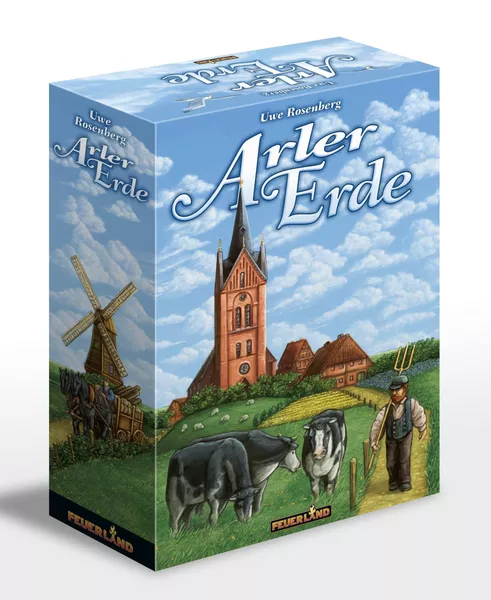
Fields of Arle is made by designer Uwe Rosenberg, who also designed the likes of Agricola and Le Havre. The game is set in Arle, a village in Germany, and is a farming and development game in the same vein as a lot of Rosenberg games. And worker placements in general, for that matter.
Where it differs from a lot is in the fact that it was designed specifically for two players. There is a solo mode, but that’s it, so if you’re looking for a two-player game that can be played with larger groups, look elsewhere.
Players have to expand their villages by constructing dikes and expanding fields while planting crops and introducing livestock. A game plays over nine half years, and at the beginning of each summer/winter period, each player must choose how they are going to turn a fortune in the coming period. And there are a lot of ways to do that, from flax farming to livestock management.
This is a two-player game, and while a player can prevent the other from taking certain actions, there are always alternatives, so it isn’t aggressive. If you want to fall out with your gaming partner, Fields of Arle probably isn’t right for you, but if you want a relaxing game to play it is one of the best worker placement games for 2 players thanks to its good range of point-scoring opportunities and its intentional two-player design.
2. Underwater Cities
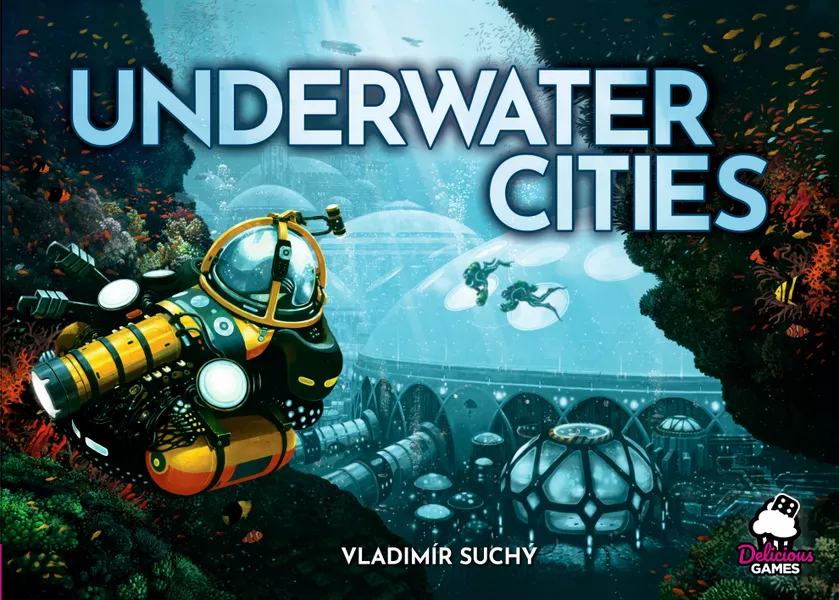
Underwater Cities combines engine building and worker placement mechanics. Over ten rounds, players place a total of 30 cards depicting different rooms in their underwater cities. They also get to place 30 workers. Or, doors, anyway. But the doors function like workers. Placing a door opens the room behind to potentially generate resources. And doing so, means that other players can’t place their doors in the same spot. It’s classic worker placement, it’s just that it thematically uses doors rather than workers.
When you place doors in Underwater Cities, you have to play a card, too. If the card is the right color, you get to take a second action, according to the card played. And this leads to some great engine-building links.
The combination of worker placement and engine building means Underwater Cities is a little more complex than Fields of Arle, making it a good choice if you’re looking for something with a little more meat. But it might be too much for some gamers, especially those that are newer to the hobby.
3. A Feast For Odin
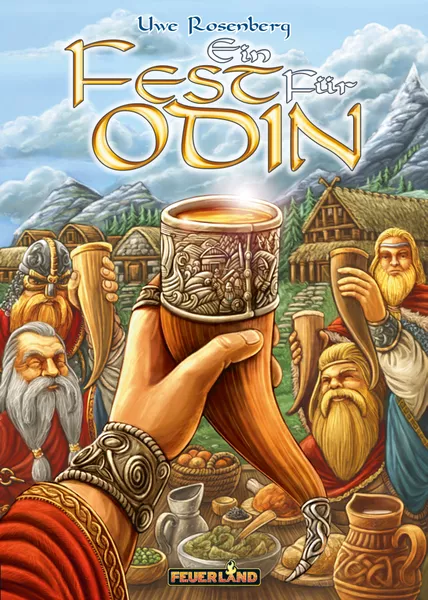
On the surface, A Feast For Odin looks complicated. There are 60 moves players can make on each turn and while it is a worker placement at its core, it also involves elements of resource management, grid coverage, and tile placement. Despite this, the Uwe Rosenberg-designed title is surprisingly easy to learn.
I love a game with table presence, and even with two players (the game is playable by 1 to 4 players), it does take up a lot of space with various boards, tiles, workers, and other components.
What makes the game great for some is that with so many choices, there are multiple paths to gaining victory points and winning. That also means replayability is very high because you and other players can play the game very differently every time.
However, that does mean that you can play a game, especially with just two players, and never really interact with the other player. One of the key aspects of worker placement games, for me, is the feeling that you’re screwing somebody over. And that’s lacking in A Feast For Odin.
It is a great game, and one that Rosenberg fans will love. It isn’t as competitive as some of us would like, but that also makes it perfect for pacifist players.
4. Anachrony

Anachrony ticks a lot of boxes for me. It’s got a time-traveling 26th-century apocalyptic sci-fi storyline, and the four paths make it feel dystopian. It has a two-tier worker placement system. Some placements are open to certain workers by default, while others require that workers don rare exo-suits first.
The aim is to survive an impending asteroid collision and be the chosen path that establishes a new regime. It’s a weighty game that has good-looking miniatures and a good table presence. The exo-suits add something a little different to the worker placement mechanic.
If you aren’t a fan of the typical medieval farming setting that is rife in the genre, Anachrony is an enjoyable jaunt. There are some balancing issues which mean players end up rushing one or two more powerful actions.
5. Lost Ruins Of Arnak
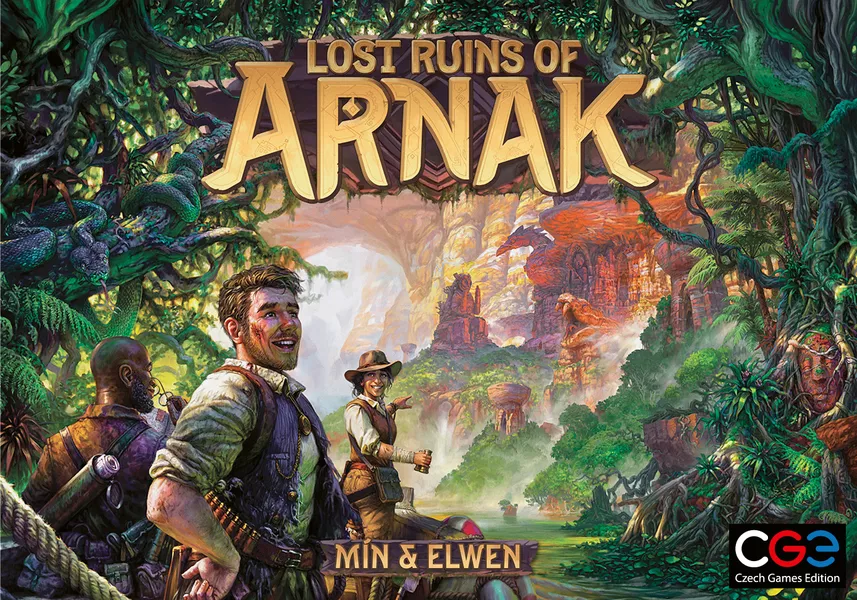
In Lost Ruins of Arnak, players take on the role of expedition leaders with teams of explorers. The explorers can explore the island, gather resources, and take a host of other actions. Some of those actions only become unlocked as you build your deck.
The game comes with a two-sided board, featuring an easy and a difficult side. Although there are some quite deep and complex mechanics, the game doesn’t run too long. And while there is only a relatively small deck available to players, the island setup changes each time you play. There is a great variety of actions and sequences that can be played, which give the game good replay value.
You’re likely to enjoy this if you like trying out new strategies, and the offer of different levels also gives the game greater longevity. There can be some downtime between turns, which is especially true for beginner players, but if that isn’t a deal breaker, Lost Ruins of Arnak is definitely one for your worker placement collection.
6. Agricola

In Agricola, you play as the head of a farming family. You start out playing as you and your significant other living in what is basically a shack. Over time, you can have children, and because each of your family members counts as a worker, having a large family means you get to do more on your farm. But it also means you have more mouths to feed.
Where Agricola stands out is in its competition. You can play workers to gather resources, fence off pastures, expand your house, and make improvements. Even with two players, and when you only have two workers each, you will face stiff competition for some of the worker placement spots.
It also combines the worker placement mechanic with a bit of hand management and even some basic farm building. The game has two difficulty settings. Regular games concentrate more precisely on worker placement while the harder difficulty adds Minor Improvement and Occupation cards that can be played throughout the game for added bonuses. It does ramp up the challenge and the difficulty level. Agricola is a classic Uwe Rosenberg game – you play as a farmer, after all, and is widely considered not only one of his best, but also one of the best worker placement games.
7. Everdell

Everdell combines open drafting, hand management, and worker placement elements in a beautiful game. And the basics are quite simple. Players can place a worker, play a card, or prepare for the next season.
As well as being able to place workers on the maind board in the centre, which includes the possibility of preventing the other player from doing the same, workers can also be placed the player’s own plateau cards.
Perhaps the biggest problem with Everdell is that while there are player interactions, it can feel a bit like you and your playing partner are effectively playing your own games. Even when one of you stops the other from using your desired worker space, there isn’t too much interaction. Some will like that, some won’t.
8. Viticulture
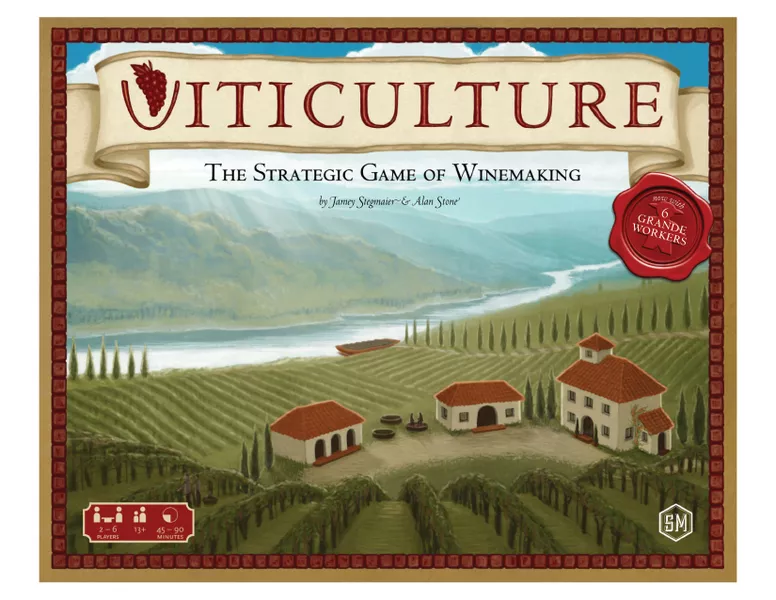
Viticulture is similar to a lot of worker placement games, although you do have a vineyard rather than a farm. The worker placement mechanic is quite traditional. You can place workers to improve the vineyard, grow grapes, and give visitors a tour of the vineyard.
Where Viticulture really comes into its own is in the management of those visitors. They will, for a very brief period of time and with worker supervision, lend a hand around the vineyard, enabling you to really expand while also bringing in a little coin. Another addition is that players take turns to decide whether they play first or not and because going first offers the best choice of worker placement places, players further down the order get alternative bonuses.
Viticulture does worker placement really well, and it adds player interaction elements that really ramp it up.
9. Snowdonia
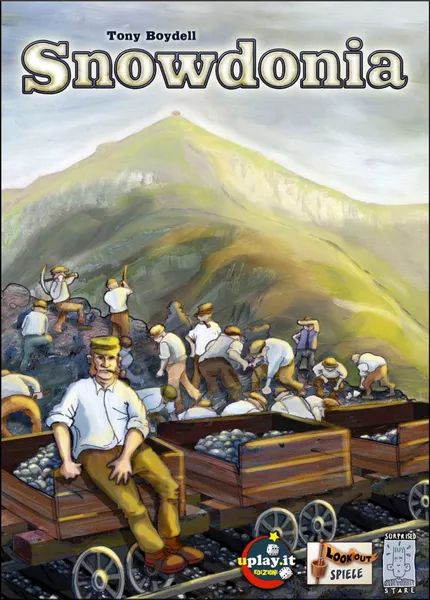
Snowdonia is a worker placement game where you take control of a gang of railroad workers. You are aiming to establish a railroad running up Snowdonia, in Wales, and you can use your workers to make the track you need as well as lay it. They can also create stations and take other actions, and you have to do this against the backdrop of bad Welsh weather.
One of the elements of the game that sets it apart is the inclusion of contracts. If you complete these work contracts you get a bonus.
It is a quick game to learn and it is a decent worker placement game, but there isn’t a lot of variation from one game to the next. And the randomness of the weather and event cards will appeal to some, but will introduce too much of a pure luck element for many.
10. Lords Of Waterdeep

For a lot of gamers, Lords of Waterdeep will feature higher up their list. And with good reason. It is a classic and can be considered a great gateway worker placement game. It is easy to teach and fun to play as you take on the role of one of the heads of Waterdeep.
The game is set in the DnD world, although you certainly don’t need any Dungeons and Dragons lore knowledge to be able to play it. Your workers, in this case, are a band of agents that are used to recruit adventurers. You can also build new buildings and take a host of other actions with the ultimate aim of taking over Waterdeep.
Despite being easy to learn, it is surprisingly tricky to win and there are plenty of different approaches you can take, as well as lots of player interaction.
But, despite being one of the best worker placement games for 2 players for new gamers, Lords of Waterdeep is a light game, and after a few tries, you will likely want something more from your placement titles.




